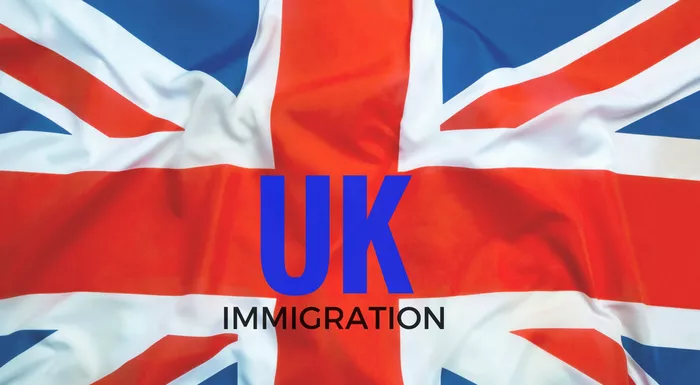Indefinite Leave to Remain (ILR) stands as a pivotal milestone in the journey of immigrants to the United Kingdom. Often likened to permanent residency, ILR grants individuals the right to live and work in the UK without any time restrictions. This status bestows numerous benefits, including access to public funds and benefits, as well as the eligibility to apply for British citizenship. In this comprehensive guide, we delve into the intricacies of ILR, exploring its definition, eligibility requirements, various application routes, and the application process itself.
Definition of ILR
Indefinite Leave to Remain signifies a legal status granted to individuals who have demonstrated a commitment to the UK by residing in the country for a specified period. It serves as the UK equivalent of permanent residency, providing holders with the right to reside in the country without any time limitations.
The benefits of acquiring ILR are manifold. Firstly, it allows individuals to live and work in the UK without restrictions, providing a sense of stability and security. Additionally, ILR holders gain access to public funds and benefits, ensuring their welfare and financial stability. Moreover, ILR serves as a crucial stepping stone towards British citizenship, enabling individuals to pursue naturalization and enjoy the rights and privileges of being a British citizen.
Eligibility Requirements
While the specific eligibility criteria for ILR may vary depending on the visa route pursued by the applicant, certain fundamental requirements remain consistent across all categories. These include:
1. Continuous Residence: Applicants must demonstrate continuous residence in the UK for a specific period, typically ranging from two to five years, depending on the visa route followed.
2. Meeting Visa Requirements: Applicants must fulfill the requirements stipulated by the visa category under which they are applying for ILR. For instance, Skilled Worker visa holders must have maintained employment with a sponsoring employer, while family visa holders must satisfy relationship criteria.
3. Life in the UK Test: Applicants are required to pass the Life in the UK Test, which assesses their knowledge of British customs, history, and culture.
4. English Language Requirement: Proficiency in the English language is essential for ILR applicants, with most individuals required to demonstrate their language skills through recognized tests such as the International English Language Testing System (IELTS).
In addition to these general requirements, there are various routes through which individuals can attain ILR:
1. Skilled Worker Visa: Individuals employed in skilled occupations can obtain ILR through the Skilled Worker visa route, provided they meet the necessary criteria and have completed the requisite period of continuous residence.
2. Family Visa: Spouses, partners, and children of British citizens or settled persons can apply for ILR through the family visa route, subject to meeting the specified eligibility conditions.
3. Long Residence Route: Individuals who have resided lawfully in the UK for an extended period, typically exceeding ten years, may be eligible to apply for ILR under the long residence route.
Application Process of Applying ILR
The process of applying for Indefinite Leave to Remain involves several steps, each requiring careful attention to detail and adherence to prescribed procedures. While the specific requirements and procedures may vary depending on individual circumstances and visa categories, the following provides a general overview of the ILR application process:
1. Gathering Documentation: Applicants must compile a comprehensive set of supporting documents, including proof of continuous residence, evidence of meeting visa requirements, and documentation demonstrating proficiency in English.
2. Completing Application Forms: Depending on the visa category, applicants must complete the relevant application forms, providing accurate and truthful information.
3. Submitting Biometric Information: Applicants are typically required to attend a biometric appointment to provide their fingerprints and facial photograph, which are used to create a biometric residence permit.
4. Paying Fees: The application process incurs a fee, the amount of which varies depending on factors such as the visa category and whether the application is made from within or outside the UK.
5. Waiting for Decision: Once the application is submitted, applicants must wait for a decision to be made by the Home Office. Processing times can vary, with some applications taking several months to be processed.
6. Seeking Professional Advice: Given the complexity of immigration law and the potential consequences of an unsuccessful application, applicants may choose to seek professional legal advice to ensure their application is prepared accurately and effectively.
Conclusion
In conclusion, Indefinite Leave to Remain represents a significant milestone for immigrants seeking to establish a long-term presence in the United Kingdom. By meeting the eligibility requirements and navigating the application process diligently, individuals can secure their status in the UK, enjoying the rights and privileges that come with indefinite leave to remain.


